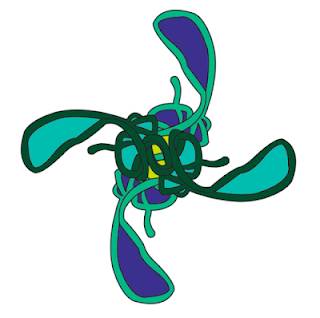PENELOPE, 2011
Carpet, loom, wool, chenille yarn
Dimensions variable
Morumbi's Chapel
The work consists of a 14-meter long red carpet extending from the chapel entrance to the main altar, where its end is attached to a hand loom equipped with foot pedal, thus giving the impression that the carpet weaving is under way.
On the other side of the loom, tangled yarns are stretched out to pass through holes in the wattle-and-daub wall and reach the outside area.
The red yarn takes over the greenery of the museum garden, covering the lawn and climbing shrubs and trees. In this process, it creates an ambiguous movement of construction and de-construction, in a reference to the Greek myth of Penelope.
Blind Dog
Adornment
Vinyl plaques on floor




















































